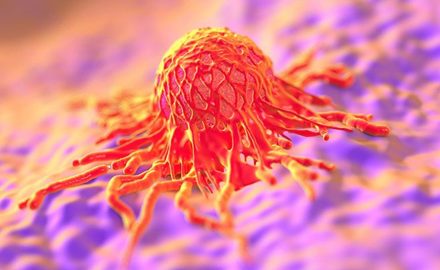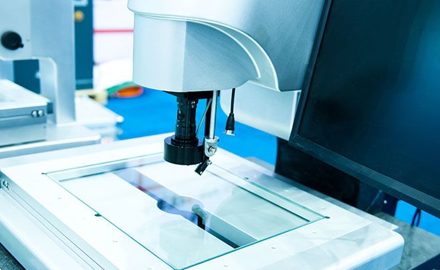Genomics in medicine
What is genomic medicine? Genomics is the study of the body’s genes (around 20,000), their functions and their influence on the growth, development and working of the body. Recent rapid advances in genomics technology and understanding mean that genomics is now more relevant than ever before within our healthcare system. Genomics can help diagnose rare disease genetic conditions, as well as types of cancer. Genomics can also inform treatment strategies that are tailored to patients' tumours, an approach called precision medicine.
Such ‘personalised or precision medicine’ is a paradigm shift away from a ‘one size fits all’ approach to the treatment and care of patients with a particular condition, to a strategy that incorporates new approaches to better manage patients’ health and targets therapies.
This is all in order to achieve the best outcomes in the management of a patient’s disease and/or predisposition to the disease. All healthcare professionals need to have a good understanding of its relevance and potential to impact the diagnosis, treatment and management of their patients within their care.
The National Genomic Healthcare Strategy – Genome UK: the future of healthcare was published by the Department of Health and Social Care and 'sets out their vision on how the genomics community across the UK will work together to harness the latest advances in genetic and genomic science, research, and technology for the benefit of patients across Diagnosis & Personalised medicine, Prevention and Research.'
In March 2022, the UK government and devolved governments published Genome UK: shared commitments for UK‑wide implementation 2022 to 2025, in which they agreed to publish separate, nation‑specific plans by the end of 2022.
In October 2022 NHS England published their strategy, Accelerating genomic medicine in the NHS, followed by the NHS in Wales in December 2022 who published the Genomics Delivery Plan for Wales and by Scotland in April 2024: Genomic medicine strategy 2024 to 2029.
Also, in 2021 The Office for Life Sciences released its strategic document, Life Sciences Vision, which focuses on how we can address the some of the UK’s most significant healthcare challenges, including cancer, dementia, and obesity.
The NHS Long Term Plan committed to extend the use of molecular diagnostics and, over the next 10 years, to offer genomic testing to all people with cancer for whom it would be of clinical benefit, and expand participation in research. The ambition of the Long Term Plan was that, by 2023, over 100,000 people a year would be able access these genomic tests.
The College's view on genomic medicine
- Genomic medicine offers faster, accurate diagnosis and tailored treatment for people with cancer, and with inherited diseases. The use of precision treatments and optimising the use of medicines through genomics needs to be endorsed.
- We should embed and promote fully funded end to end clinical pathways.
- We cannot deliver the true potential of genomics without significant investment in staffing and equipment for Pathology/Genomic Laboratories. Successful implementation of genomic medicine is dependent on sufficient resourcing and a regulated workforce to meet the service demands.
- It is essential that there is equity of access to genomic tests and treatment across the UK to truly benefit all patients. Without continued investment, vital innovation and research will suffer which will in turn lead to fewer patients benefiting from genomic testing.
- Evidence-based medicine is the cornerstone of these developments, and it is vital to integrate research and data collection into monitoring clinical outcomes for patients.
- Whilst there has been significant investment in genomics, there needs to be continued resource provision for the significantly increased workload genomics will create for cellular pathology to process and analyse histological samples for genomic testing, which will grow over time. Without this being addressed there will be issues in providing the quality and level of genomic service desired. Standardisation of sample preparation and tumour assessment to optimise genomic testing is required.
- These advances in genomics will also lead to new technologies such as the development of cancer vaccine hubs and associated trials. Pathologists and Clinical Scientists are integral in all cancer trials, and hence also embrace the opportunity in help deliver these vaccine trials.
- Collaboration will be required to fully realise the impact that digital pathology will have on genomic testing and we will work closely to ensure that the college helps embed new ways of working.
Workforce challenges
We welcome the intention to build a genomics workforce that includes clinical scientists, biomedical scientists, genetic technologists and doctors. This should include their role in education, through engagement and training programmes, for the wider community of healthcare professionals and the public.
However, it is clear that the workforce implications of genomics testing go beyond genetics services. Similar considerations must be made for the histopathology workforce in particular, as well as other disciplines where sample assessment and preparation for testing as well as in most instances the integration of genomic data into pathology reports.




